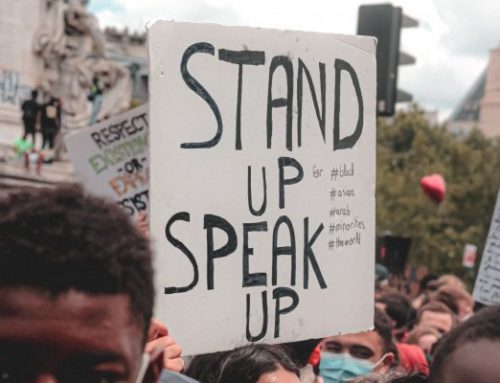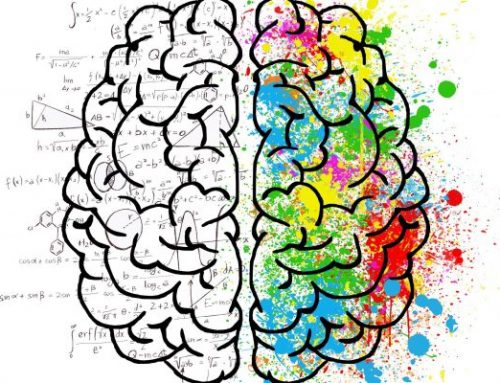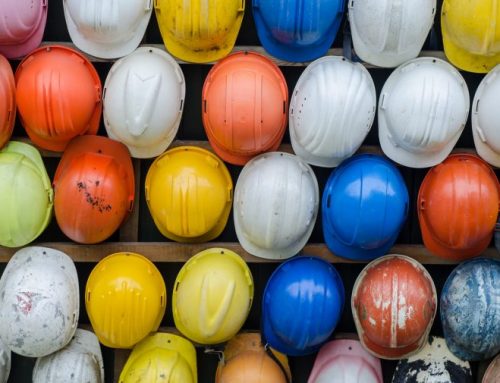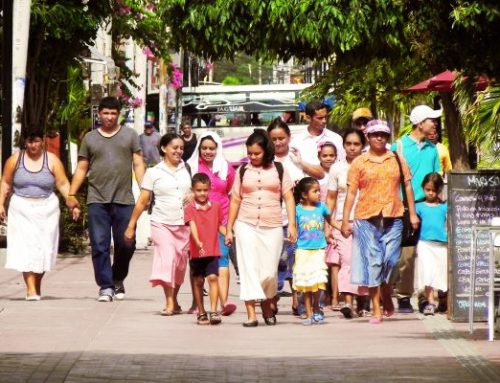One of the areas I have always found fascinating is the concept of resilience – but with a focus on ‘cultures of resilience’. That is, why do some communities mobilise and respond to a crisis while others collapse? What are the cultural elements that allow this to happen?
This question of resilience continues to emerge as being of fundamental importance in the face of complex global challenges today.
Over the last year, I have been privileged to be on one of the expert working groups as part of the 100 Resilient Cities challenges which involves the City of Sydney. It was a fantastic project and the research found that while many communities are prepared for shocks, it is slow and subtle changes that makes us most vulnerable. In other words, we may be prepared for emergency, but slow emerging challenges like ‘heat corridors’ leave us vulnerable.
What has been a real advance in resilience research is the move beyond infrastructure and systems – placing the ‘social’ and ‘culture’ at the core. That is, how our everyday experiences, interactions, social relations and structure of power play out. These are the everyday behaviours that shape the core of our society.
I have been researching this area for a number of years with a focus on ‘culture of resilience’. I spent time and spoke to communities who had faced crisis and had responded – from Queensland to Bangladesh, India and southern Thailand. These communities had not only recovered but where finding ways to thrive.
The research was driven by a simple question: are there cultural and social ingredients that allows for this to happen? That is, is there something in the everyday structures of these communities that allowed them to respond and come back stronger?
There was some interesting findings which I summarise in the attached article (available here) I wrote for the Lien Centre for Social Innovation (based at the Singapore Management University) journal Social Spaces. In summary, I found that communities that portrayed cultures of resilience displayed the following dimensions:
- Dimension 1: Governance and Trust: Resilient communities tend to have the ability to establish and take advantage of formal and informal governance structures. These range from government agencies and legal instruments to the less formal networks that are fundamental to building social capital and responding to crisis. Furthermore, these different structures communicate easily and have trusting relationships.
- Dimension 2: Lines of Responsibility: Related to the above points are clear “lines of responsibility.” That is, in cultures of resilience, there is a clear understanding of where responsibility lies in the response to change – be it gradual or at a crisis point. Crucially, the community does not wait for authorities to respond; but nor do authorities refuse to accept responsibility.
- Dimension 3: Expert and Localised Knowledge: A third dimension is what sociology of science theorist Alan Irwin describes as citizen science – that is, a combination of expert and local knowledge working together. Such a combination of knowledge allows expert systems to be both reflective and aptly applied to context-specific challenges. Expert knowledge must respond to the local context, but not be uni-directional: the flow of knowledge goes both ways as expert knowledge learns from local experiences and the reverse also occurs.
- Dimension 4: Communication Process and Technologies: The fourth dimension is the role of communication channels and access to working technologies. Governance structures, flow of information across knowledge systems and community members, and relevant information and preparation depend on information and communication technology suitable to the terrain, economy, and other conditions.
These four dimensions are essential in establishing cultures of resilience – but the shape they take will vary considerably depending on the local context.
Since then, I have added a fifth dimension: citizenship. That is, the sense of empowerment that each of us feel within this context – an area I will expand on elsewhere.
There are many challenges confronting us – and thinking about preparing rather than only reacting is at the core of resilience research – and as such, is an area of increasing importance.






Good . It reminds the importance of required Resilience in today’s life.